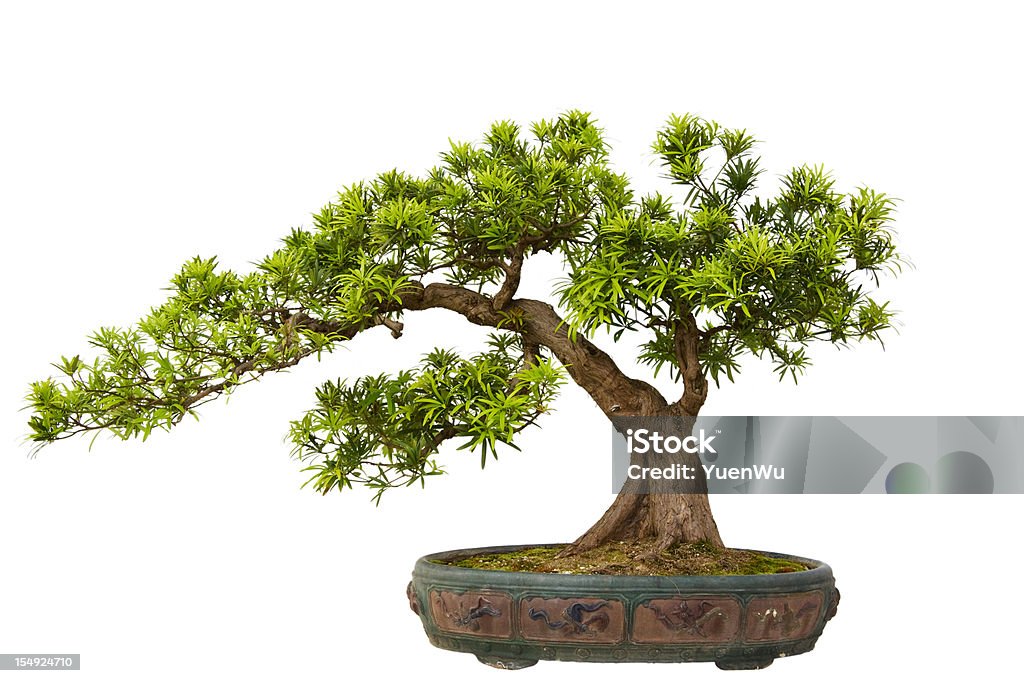The Kusamaki Bonsai Tree is a beautiful plant. It is perfect for bonsai enthusiasts of all levels. This guide will teach you everything about the Kusamaki Bonsai Tree.
History of Kusamaki Bonsai Tree
The Kusamaki Bonsai Tree has a rich history. It is also known as the Japanese Black Pine. The tree is native to Japan. It has been cultivated for centuries. Japanese gardeners love its beauty and strength.

Credit: www.istockphoto.com
Characteristics of Kusamaki Bonsai Tree
The Kusamaki Bonsai Tree has unique features. These make it stand out from other bonsai trees.
- Dark green needles
- Strong and sturdy trunk
- Beautiful bark texture
These characteristics make the Kusamaki Bonsai Tree very attractive.

Credit: www.gettyimages.com
How to Grow Kusamaki Bonsai Tree
Growing a Kusamaki Bonsai Tree is not difficult. Follow these steps to grow your own tree.
Choosing The Right Soil
The Kusamaki Bonsai Tree needs well-draining soil. A mix of akadama, pumice, and lava rock is ideal. This will ensure the roots get enough air and water.
Watering Your Kusamaki Bonsai Tree
Watering is crucial for your tree’s health. Water the tree when the soil feels dry. Be careful not to overwater. This can cause root rot.
Fertilizing Your Kusamaki Bonsai Tree
Fertilizing helps your tree grow strong. Use a balanced fertilizer. Apply it every two weeks during the growing season. Reduce fertilizing in winter.
Pruning And Shaping
Pruning helps maintain the shape of your tree. Trim the branches regularly. Use sharp, clean tools. This will prevent disease and promote healthy growth.
Repotting Your Kusamaki Bonsai Tree
Repotting is important for your tree’s health. Do this every two to three years. Choose a pot that allows for root growth. This will help your tree thrive.
Caring for Your Kusamaki Bonsai Tree
Caring for your tree is essential. Follow these tips to keep your tree healthy and beautiful.
Sunlight
The Kusamaki Bonsai Tree needs plenty of sunlight. Place it in a spot with full sun. This will help it grow strong and healthy.
Temperature
Temperature is important for your tree. It thrives in temperatures between 50°F and 85°F. Protect it from extreme cold and heat.
Pests And Diseases
Pests and diseases can harm your tree. Watch for common pests like spider mites and aphids. Treat them with insecticidal soap. Keep an eye out for diseases. Remove any affected parts promptly.
Benefits of Kusamaki Bonsai Tree
There are many benefits to growing a Kusamaki Bonsai Tree.
- Enhances your home’s beauty
- Reduces stress and promotes relaxation
- Improves air quality
These benefits make the Kusamaki Bonsai Tree a great addition to any home.
Conclusion
The Kusamaki Bonsai Tree is a wonderful plant. Its beauty and unique features make it a favorite among bonsai enthusiasts. By following this guide, you can grow and care for your own Kusamaki Bonsai Tree. Enjoy the many benefits it brings to your home.
Frequently Asked Questions
| Question | Answer |
|---|---|
| How often should I water my Kusamaki Bonsai Tree? | Water it when the soil feels dry. Avoid overwatering. |
| What type of soil is best for Kusamaki Bonsai Tree? | Use well-draining soil like akadama, pumice, and lava rock. |
| How much sunlight does the tree need? | It needs full sun for healthy growth. |
| How often should I repot my tree? | Repot every two to three years. |
| What should I do if my tree gets pests? | Use insecticidal soap to treat pests like spider mites and aphids. |

